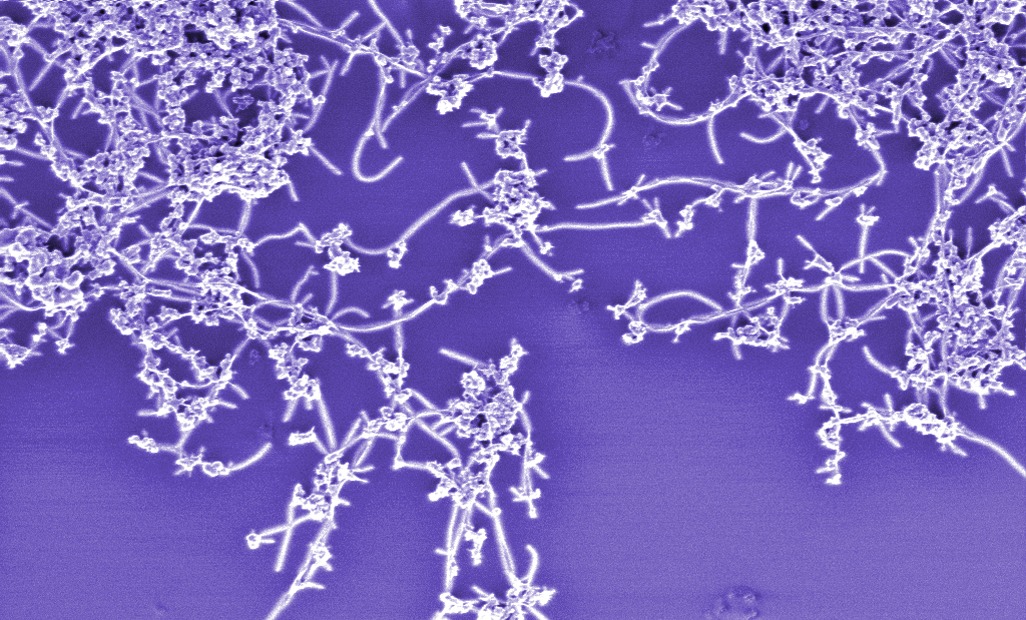
Background
There are significant shortcomings of current methods by which to modify the physical properties of nanotubes. For example, there has been poor control over the surface coverage and degree of clustering of nanocrystals on nanotubes. The surface coverage and clustering directly affect the physical properties of the resulting nanotube. Thus, current methods do not allow for precise control of the physical properties of nanotubes. Current methods of producing heterostructures are not amenable to controllably arranging nanotubes into well-defined supramolecular configurations. That is, the resulting heterostructures are primarily unorganized, discrete one-dimensional ?ball-and-stick? structures. Such structures are difficult to organize into orderly assemblies which are necessary for nanoscale integrated systems.
Technology
Researchers at Stony Brook University have generated carbon nanotube-nanocrystal heterostructures using a number of different chemical _in situ_ strategies, without the use of intermediary linkers. These heterostructures are novel and critical for the generation of molecular-scale electronic devices because each component of the heterostructure is intrinsically configurable. That is, the size of each nanocrystal or nanotube can be altered in a rational manner, with implications for the optical and electronic properties of the resulting device.
Advantages
- Single-step synthesis of novel nanotube-nanocrystal assembly is robust and avoids the use of linkers. - Potential of tailoring individual physical, electronic, and chemical properties of single walled carbon nanotubes (SWNTs) and nanocrystals, which is important for molecular electronic and molecular scale devices.
Application
Such integrated systems are required for applications such as: - High-efficiency computing - High-density data storage media - Light harvesting in photovoltaic cells - Lightweight, high-strength textiles - Microelectromechanical devices - Supersensitive sensors - Drug delivery agents
Inventors
Stanislaus Wong, Professor, Chemistry
Sarbajit Banerjee, Professor, Chemistry
Licensing Potential
Development partner,Commercial partner,Licensing
Licensing Status
Available for Licensing. 7700
Licensing Contact
Donna Tumminello, Assistant Director, Intellectual Property Partners, donna.tumminello@stonybrook.edu, 6316324163
Patent Status
Patented
7189455
Tech Id
7700
